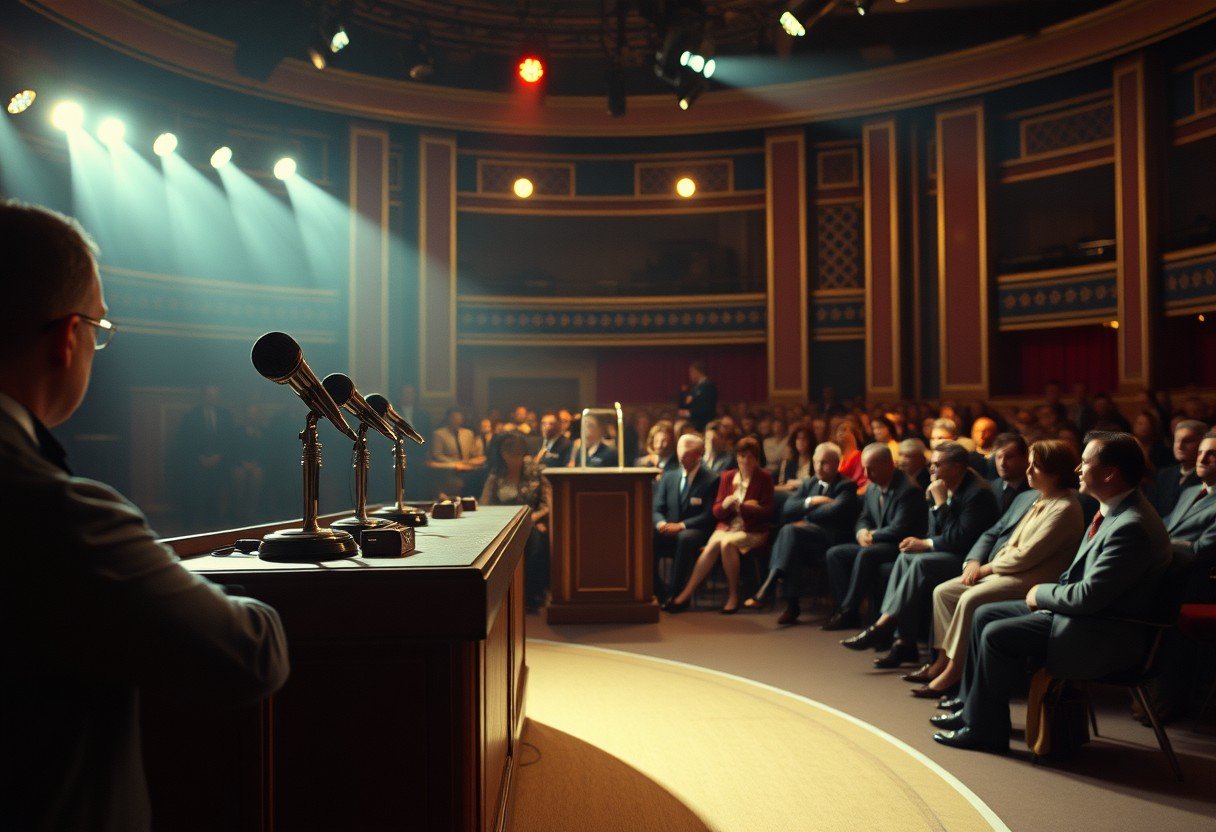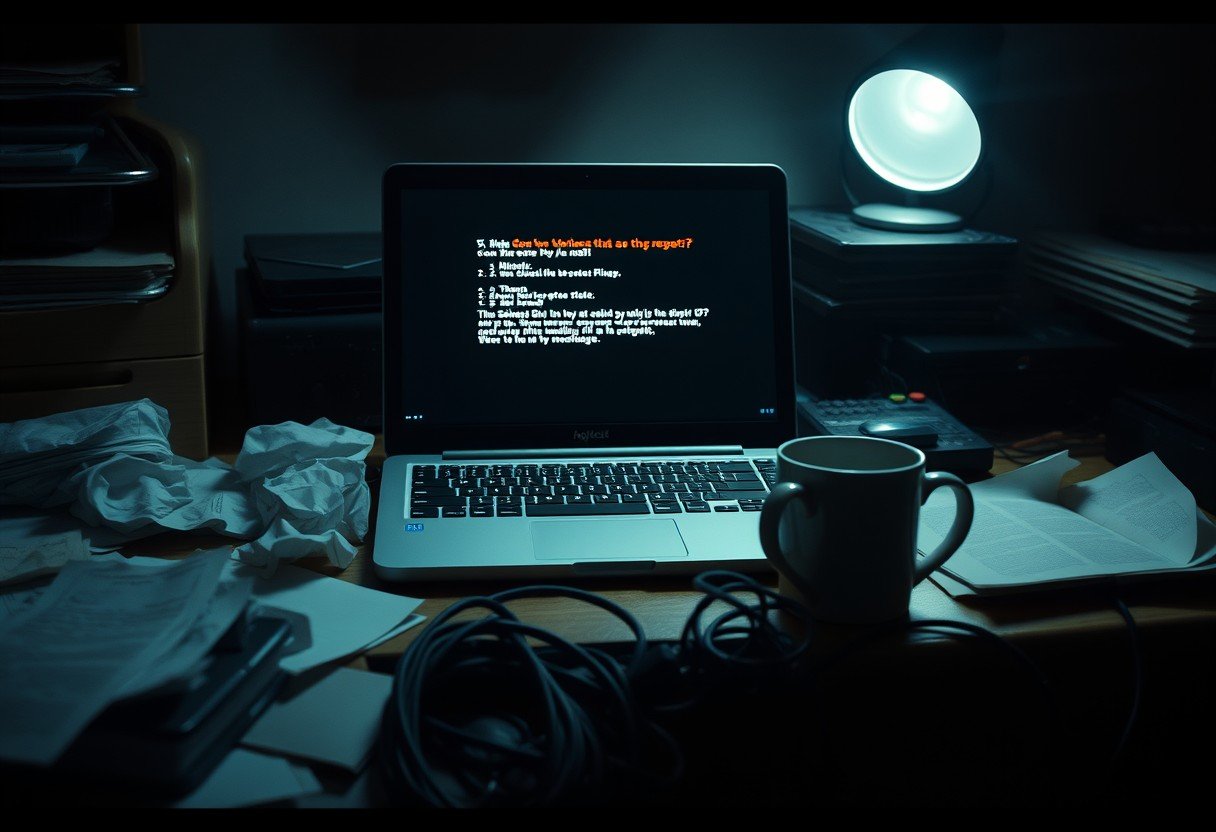The game show at the center of the 1950s cheating scandal was Twenty One, a United States television quiz show where producers fed answers to contestants to boost ratings and drama. It unfolded in New York studios, drew huge audiences, and was exposed through media reports and hearings. Key figures included Charles Van Doren, Herb Stempel, and producer Albert Freedman. This guide explains what happened, how it worked, why it mattered, and what changed after the scandal.
What Was Twenty One And Why It Mattered
Twenty One debuted in 1956 and paired two contestants in soundproof booths answering trivia for cash. The format was simple and tense, which made it perfect for prime time. With a sponsor eager for buzz, the show climbed the ratings and became water cooler talk across the country.
The lure of big money and national fame turned a trivia contest into a cultural event. Families watched together, newspapers profiled champions, and schools invited stars to speak. The show seemed to reward knowledge and calm under pressure.
Behind the curtain, pressure for constant excitement grew. Producers saw that dramatic streaks and close finishes kept viewers coming back. That pressure opened the door to manipulation, a decision that later shook trust in television.
The scandal around Twenty One quiz show cheating did not start as a moment of chaos. It emerged from small choices that placed ratings above rules. Those choices would soon face scrutiny from reporters and lawmakers.
Key Players And Their Roles
Herb Stempel, a sharp and willing contestant, became an early star. He later said he was coached on which questions to miss and when to step aside. His testimony was a key spark that brought the story into public view.
Charles Van Doren, a young Columbia University instructor, rose to fame with a clean cut image and quick recall. He gained book deals and magazine covers. His later confession to receiving help marked a turning point in public understanding of the fraud.
Producer Albert Freedman and the team under Jack Barry and Dan Enright ran the show. According to witnesses, staff rehearsed answers with contestants and shaped outcomes to please sponsors. Press investigations and the House Subcommittee on Legislative Oversight drew these practices into the light.
The sponsor Geritol wanted excitement that sold product. Network executives wanted week after week of high ratings. This mix of fame, money, and pressure created the conditions that let the scheme grow.
How The Scheme Worked Step By Step
The fix relied on rehearsed answers, staged tension, and careful storytelling. Producers controlled who looked brilliant and who crumbled. They timed wins and losses to stretch rivalries and keep headlines alive.
- Contestants were chosen for personality and story as much as knowledge.
- Producers supplied answers or topic areas during off camera rehearsals.
- On air, cues and pacing signaled when to stall, win, or lose narrowly.
- Scripts shaped rivalries so a favorite could return for weeks.
- If a storyline cooled, producers swapped in a new face to revive interest.
The point was never fair play, it was predictable drama that looked real. Viewers believed they were watching a true contest of brains. In truth the outcomes were crafted for suspense and sponsor value.
Some contestants objected and walked away. Others stayed silent out of fear of losing fame or income. The pattern finally broke when insiders spoke to reporters and prosecutors.
Timeline And Key Events
The arc from launch to reform moved fast by modern standards. Within three years the show went from hit to symbol of fraud in broadcasting. The timeline below highlights major moments that shaped the Twenty One scandal and its fallout.
| Year | Event | Details |
| 1956 | Show Debut | Twenty One premieres on NBC with Jack Barry and Dan Enright producing. |
| 1957 | Rising Stars | Herb Stempel and Charles Van Doren become national names as ratings surge. |
| 1958 | First Exposures | Reports surface that outcomes are staged and contestants are coached. |
| 1959 | Congressional Hearings | House Subcommittee on Legislative Oversight hears sworn testimony on rigging. |
| 1960 | Federal Reform | Amendments to the Communications Act make quiz show fixing a federal crime. |
The 1960 law made it illegal to supply answers or prearrange outcomes in any contest of knowledge or skill. Networks created standards and practices teams to audit game mechanics. The industry learned that trust is an asset you cannot repair easily once lost.
Press coverage also evolved. Reporters asked tougher questions about how shows were produced. Audiences became more alert to the line between entertainment and reality.
Impact On Television Ethics And Law
The scandal forced networks to rethink controls. Third party verification, randomization of questions, and independent oversight became routine. Many shows began to publish clear rules to rebuild confidence.
Lawmakers gave regulators sharper teeth to punish fraud and protect viewers. The Federal Communications Commission supported enforcement, while networks faced civil exposure if they misled the public. Sponsors reduced direct influence over content.
Behind the scenes, producers adopted paper trails for question pools and contestant selection. Auditors tracked who had access to materials and when. These steps helped prevent leaks and favoritism.
The lessons reached beyond quiz shows. Reality TV later used similar controls for voting, prize claims, and conflict of interest. The message was simple and lasting. Do not fake competition and call it real.
The Movie Quiz Show And Historical Accuracy
Robert Redford directed the 1994 film Quiz Show, which dramatized the rise and fall of Twenty One. The movie follows Van Doren, Stempel, and producer Albert Freedman through the build up and exposure. It captures the charm of early television and the cost of deceit.
Most historians agree the film is broadly accurate, even with some dramatized scenes. It shows rehearsed answers, staged suspense, and the pressure from sponsors. It also captures the moral conflict felt by people caught in a system bigger than themselves.
For many viewers the film is the entry point to the real story. After watching, people often search for congressional records and archived interviews. That curiosity keeps the history alive for new generations.
The film also sparked classroom debates on media ethics. Teachers use it to ask how far producers can go to shape a story. Students compare the 1950s to modern shows that blur lines between fact and fun.
Lasting Lessons For Modern Game Shows And Reality TV
Today, producers talk about integrity as a core value. They know that a fair contest builds long term loyalty. A single scandal can erase years of trust and revenue.
- Independent standards teams review rules, questions, and prize claims.
- Clear on air disclosures explain how tie breaks, judges, and audits work.
- Third party firms seal questions and track custody to stop leaks.
Modern shows win when the audience believes the game is honest and the path to victory is open to all. Social media makes any hint of rigging spread fast, so transparency is smart business. Viewers reward shows that share how fairness is protected.
The legacy of the Twenty One quiz show scandal is caution and clarity. It taught networks to design for fairness from day one. It also taught viewers to ask good questions about what they see on screen.
FAQ
Which game show was at the center of the cheating scandal in the movie Quiz Show?
The show was Twenty One, a 1950s television quiz program. It became famous for rigged outcomes and coached answers that created staged drama.
How did producers rig the Twenty One quiz show?
They gave contestants answers in advance, rehearsed cues, and shaped wins and losses to fit storylines. The aim was to hold ratings and keep sponsors happy.
Who were the main figures in the Twenty One scandal?
Charles Van Doren and Herb Stempel were the best known contestants. Producer Albert Freedman and the team led by Jack Barry and Dan Enright were central behind the scenes.
What laws changed after the quiz show scandal?
In 1960, Congress amended the Communications Act to make fixing contests a federal offense. Networks added strict standards and practices to prevent future fraud.
Is the Robert Redford film Quiz Show accurate to history?
Yes, the film closely follows key events with some dramatic touches. It reflects the coaching of answers, the pressure to perform, and the later public reckoning.
How did the scandal change modern game shows and reality TV?
Producers now use third party audits, clear rules, and sealed question banks. These steps protect fairness and support audience trust in results.








Leave a Comment